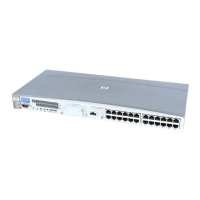When creating files, you must:
• Provide scripts to convert information from your Backup Server (not supported by
XML Gateway) into incoming files containing Backup Manager, pool, device,
backup specification, and media information.
• Ensure the files are copied into the file-import directory defined for that Backup
Server.
The files you create must match the format described in XML import file format and
must parse against the applicable Media Operations XML file format DTD. See
“XML import file format” on page 144 for instances of the DTDs.
Usage
There are two basic usages:
• Configuration Update—you provide Backup Manager, pool, device, and backup
specification data, preferably imported in this order. Generate and import these
files at least once a day to keep Media Operations in sync with the Backup
Manager’s configuration.
• Media Update—you provide a media information report of all media on the
Backup Server at least once a day together with incremental media information
(preferably once an hour throughout the day). For incremental data:
• If you support media usage information, provide a file that parses against the
Used Media Information DTD. This enables you to set vaulting policy at system
or backup specification level, and to see what media were used for the backup
specification/system.
• If you cannot support media usage information, provide a standard media
information file consisting of a list of media that changed since the last media
update.
If the script generating the XML import files has an error (for example, if the Backup
Manager is offline), you can log these errors in Media Operations by submitting a
Backup Manager Error XML file.
XML import file format
The file-passing interface uses files formatted in an HTTP/XML protocol. These files
contain the HTTP/XML response data blocks for:
• Backup/restore device information (LibraryDevice.dtd)
• Backup Manager configuration data (CellConfig.dtd)
External interfaces144
